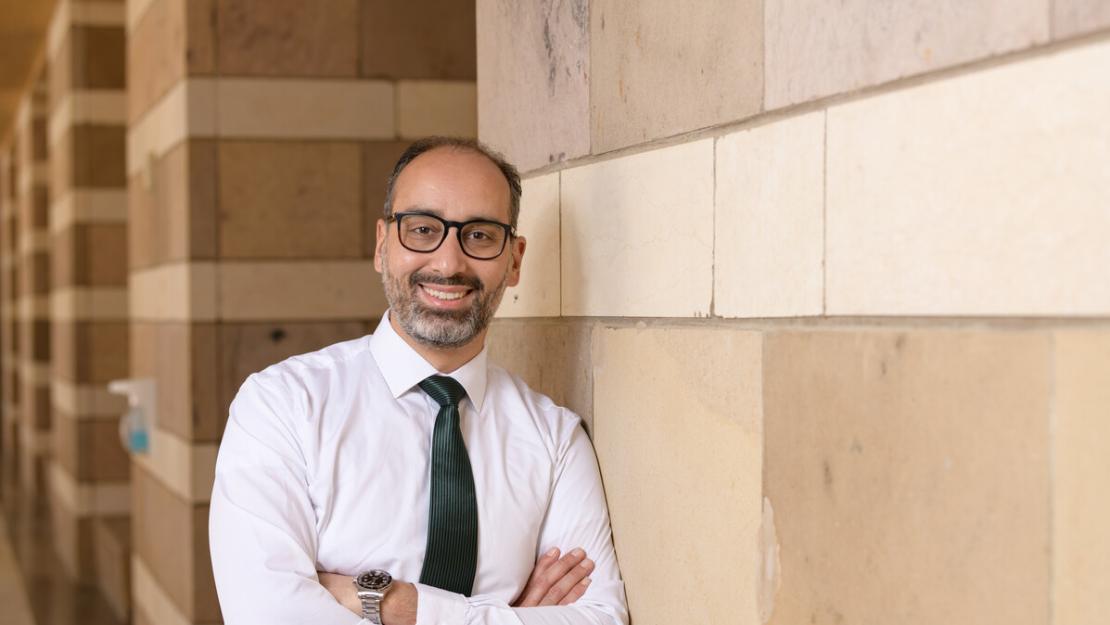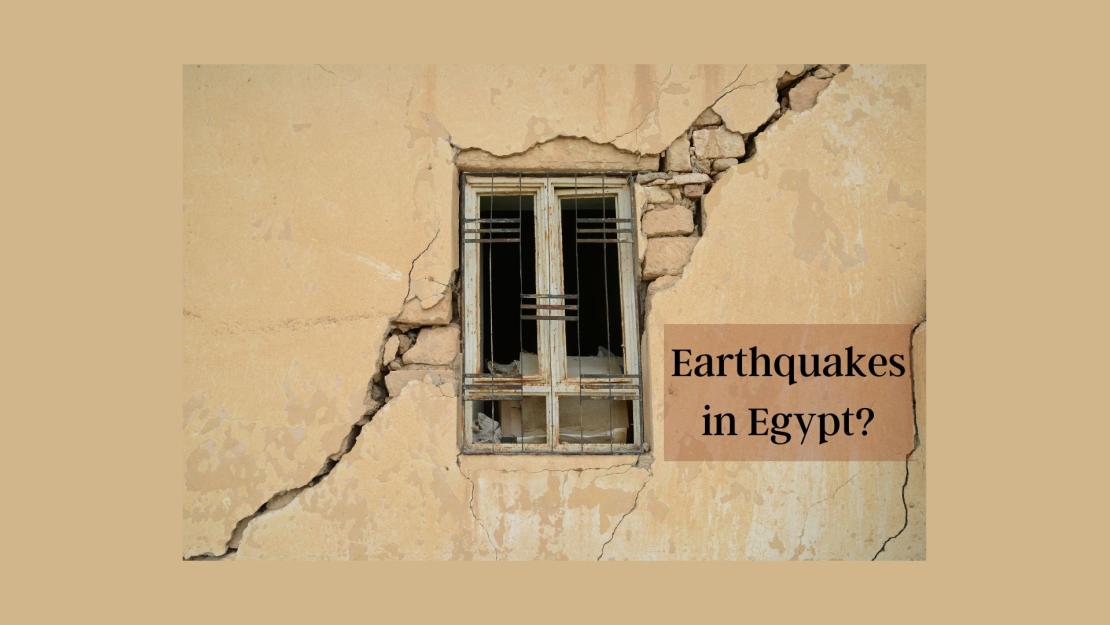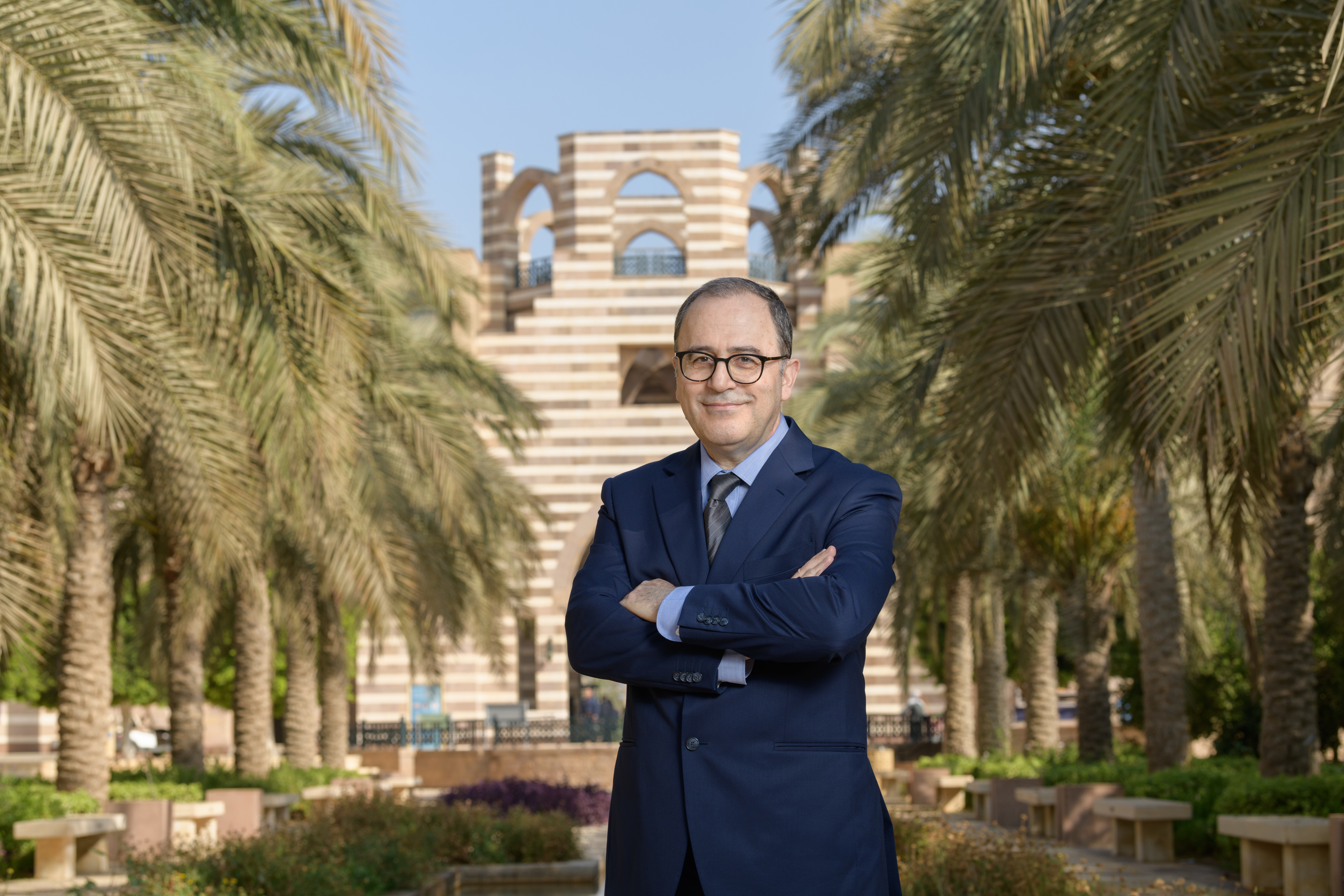The recent earthquake that struck Suez in February was moderate and caused no reported injuries or damages. However, it did awaken the memory of the disastrous 1992 Cairo earthquake that collapsed 350 buildings and irreparably damaged 9,000 more, resulting in more than 500 casualties and thousands of injuries,.
News@AUC spoke with Ezzeldin Yazeed Sayed-Ahmed, professor and chair of the Department of Construction Engineering, to discuss the implications of the Suez earthquake and the ways in which Egypt can improve safety measures to brace for the next impact, today.
Let’s start with the biggest question. How concerned should Egyptians be about the Suez earthquake?
Any earthquake, regardless of its magnitude, has the potential to cause damage to infrastructure and endanger people's lives. Therefore, it is important to take any earthquake seriously and assess the potential risks and impacts.
While this earthquake was felt in some areas of Egypt, there were no immediate reports of significant damage or injuries. However, this is an important reminder to start preparing for future possible earthquakes in advance.
How should Egypt prepare?
The government should develop an emergency plan that outlines how different parties may react in the event of an earthquake. An official emergency alert system must also be established in addition to an aftershock preparation plan. Additionally, Egypt’s infrastructure needs to be immediately addressed, which we also learned from the 1992 Cairo earthquake.
What did the 1992 Cairo earthquake teach us?
Before 1992, Egypt at-large was not typically considered a seismically active region, and large earthquakes are rare occurrences. When the 5.8 magnitude earthquake struck in 1992, it highlighted the need for Egypt to improve its infrastructure and prepare for potential earthquakes. Design codes of practice were modified to include clauses addressing seismic requirements for design and construction of infrastructure and accurate seismic maps were established to complement these design requirements.
What needs to be done for Egypt’s infrastructure?
After 1992, Egypt introduced new regulations that required buildings to be designed and constructed to withstand seismic activity through appropriate structural systems and seismic-resistance materials. However, the effectiveness of these measures is ultimately dependent on the quality of implementation and enforcement, which, of course, vary widely in Egypt. Another earthquake of the same magnitude as 1992 could be catastrophic for Cairo due to unsafe infrastructure.
What makes a building more susceptible to damage from seismic activity?
There are many factors. One is age; seismic loads were not considered in the design of old infrastructure. Another is location: Infrastructure in areas with high seismic activity are more likely to experience strong ground motion that can cause more damage. The next is soil type, as soft soils, like loose sand or clay, can amplify ground vibration, whereas hard soils, like bedrock, are more stable during earthquakes. Additionally, tall buildings or those with horizontal or vertical design irregularities are more susceptible. Another variable is construction material. Much of Egypt’s old infrastructure was built using more brittle materials rather than reinforced steel or concrete, which hold up better to vibration.
It’s been more than 30 years since the Cairo earthquake, what still needs to be done?
The country needs to immediately perform seismic retrofitting of old infrastructure, particularly those adopted for residence and public services. Inspection of new buildings should also be carried out and if needed, seismic retrofitting must also be applied to these buildings.
What is seismic retrofitting?
It’s the process of making pre-existing structures more resilient to seismic activity. This can be done by adding new elements or components that help improve a structure’s stability.
How can new buildings be made more resilient from the beginning?
The design and construction of new infrastructure should consider seismic resilience from the start. Some special design requirements may be needed for foundations, columns and connections between horizontal and vertical structural elements. Moreover, lateral load-resisting systems must be placed in buildings as per design requirements. For special high-rise or severely irregular buildings, more requirements must also be implemented.










